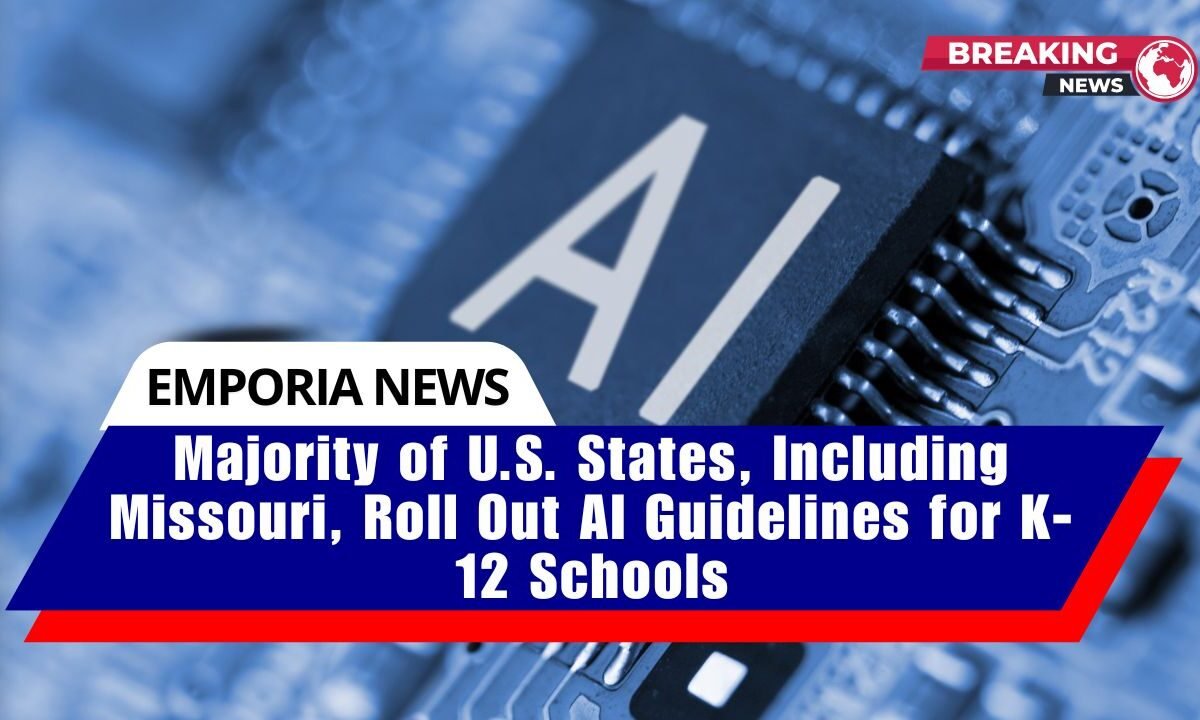As artificial intelligence (AI) becomes a larger part of daily life, concerns about its potential misuse and discriminatory outcomes are prompting educational authorities across the country to act. A growing number of states are taking steps to ensure safe and ethical AI implementation in schools.
According to AI for Education, an advocacy organization focused on AI literacy for teachers, at least 28 states and the District of Columbia have now issued formal guidance addressing AI in K-12 education.
Guidance Aims to Define and Regulate AI in Schools
More than half of U.S. states have introduced school policies that aim to:
- Define artificial intelligence
- Develop best practices for AI use in the classroom
- Address ethical considerations and responsible usage
This surge in state-level action comes despite earlier efforts by the Trump administration to ease AI regulations to spur innovation.
However, education leaders like Amanda Bickerstaff, CEO of AI for Education, argue that teachers and students need clear guidance to effectively and safely navigate this fast-evolving technology.
“People often associate AI in schools with academic integrity concerns,” said Bickerstaff. “The increased demand for state and district guidelines stems from the need to ensure responsible use and clarity on what’s appropriate in an educational setting.”
States Leading the Way in AI Adoption
North Carolina became a trailblazer in this space last year by issuing some of the first AI policies for schools. Their framework provides:
- A clear definition of generative AI
- Resources for students and teachers to understand and engage with AI tools
Other states have since followed. For instance, Georgia introduced ethical guidance earlier in 2025, offering principles educators should consider before integrating AI technologies into classrooms.
This year alone, Maine, Missouri, Nevada, and New Mexico have also unveiled their own AI usage frameworks for schools.
Addressing the Federal Gap Through State Policies
With no comprehensive federal regulation yet in place for AI in education, states are stepping in to bridge the policy gap. Maddy Dwyer, a policy analyst with the Center for Democracy & Technology, emphasized the importance of these efforts.
“States are filling a critical void,” said Dwyer. “Their leadership ensures that AI use in schools is aligned with the needs and rights of students, enhancing education rather than harming it.”
While most guidelines stress potential benefits, risks, and the necessity for human oversight, Dwyer points out that many lack depth in important areas such as:
- Community engagement
- Regulation of deepfakes (digitally altered videos and images)
As artificial intelligence rapidly evolves, it’s clear that state governments are playing a pivotal role in shaping how the technology is integrated into education.
With Missouri and at least 27 other states issuing AI guidelines for schools, the focus is now on developing policies that not only enhance academic opportunities but also uphold student safety and equity.
Continued collaboration among educators, policymakers, and civil rights organizations will be essential in ensuring that AI supports educational goals without compromising ethics or transparency.




